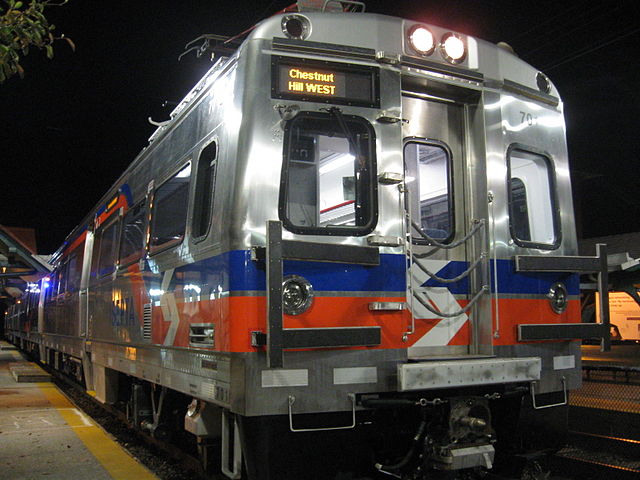Lengthy permitting processes are responsible for housing affordability problems in many cities, reports the Washington Post. Of course, I’ve been saying this for nearly two decades, but it doesn’t become true until it is reported in one of our newspapers of record.
While the Post is right about the problem with permitting, the article gets a lot of other things wrong. “Land is obviously part of the problem,” says the article. “San Francisco and Boston, hemmed in by water, have only so much of it left to build on.” Um, not really. The San Francisco Bay Area has built on less than 18 percent of the land available. Just 53 percent of the Massachusetts counties in the Boston metropolitan area have been urbanized, and that doesn’t count parts of the metro area in New Hampshire and Rhode Island. Why do people think that water on one side means they can’t expand in the other three directions?
The article never mentions urban-growth boundaries or other artificial constraints on urban expansion. Instead, it says “critics” have “blamed zoning laws.” In fact, zoning by itself isn’t the issue. Houston doesn’t have zoning, while Dallas does, yet both are growing rapidly and about equally affordable. Instead, the problem is urban containment.









